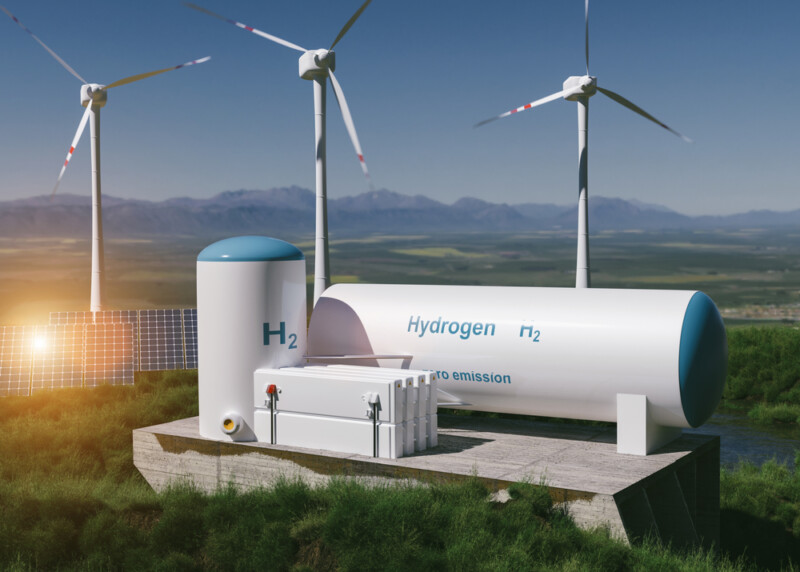Hey Readers! Welcome to trendphobia. As the world grapples with mounting climate change challenges and the imperative for sustainable energy sources meanwhile hydrogen emerges as a front-runner heralding a cleaner greener future. Additionally, often referred to as the “fuel of the future” hydrogen boasts substantial potential as an energy carrier that can effectively tackle a wide range of global energy and environmental issues. In the following sections, we will delve into the fascinating world of hydrogen exploring why it is being celebrated as the future fuel capable of transforming our energy landscape.
The Basics of Hydrogen

Hydrogen, the lightest and most abundant element in the universe is incredibly versatile with a broad array of applications. It functions as a fuel, an energy carrier and a feedstock for various industrial processes. What sets hydrogen apart is its eco-friendliness. When utilized as a fuel it only produces water vapor as a byproduct rendering it a zero-emission energy source.
Green Hydrogen vs. Grey Hydrogen

Hydrogen production methods fall into three categories: grey, blue and green hydrogen’s.
- Grey Hydrogen: Produced from fossil fuels typically through steam methane reforming (SMR) it is widely accessible but environmentally unfriendly due to significant carbon emissions.
- Blue Hydrogen: This is created through the same process as grey but with the inclusion of carbon capture and storage (CCS) technology to mitigate carbon emissions. It serves as a transitional step toward a greener economy.
- Green Hydrogen: Produced using renewable energy sources such as wind or solar power green hydrogen’s is the cleanest and most sustainable option.
Hydrogen’s Versatile Applications

The versatility of hydrogen’s makes it suitable for a multitude of applications including:
- Transportation: This fuel cells find application in vehicles ranging from cars to buses and trucks. They offer extensive driving ranges and rapid refueling making them a compelling alternative to gasoline and diesel.
- Industrial Use: It can replace fossil fuels in various industries such as steel and chemical manufacturing resulting in reduced greenhouse gas emissions.
Navigating Challenges and Seizing Opportunities

These include the high cost of green hydrogen production, the necessity for infrastructure development and enhancements in electrolysis energy efficiency. Nevertheless governments and industries worldwide are making substantial investments in research and development to surmount these hurdles.
Conclusion
Its potential to combat climate change, minimize emissions and revolutionize various industries is profound. As we relentlessly pursue a cleaner and more sustainable future hydrogen’s emerges as a pivotal player in the shift towards a low-carbon economy. Through continual innovation and substantial investments hydrogen could indeed become the fuel of the future driving our world towards greater environmental responsibility. It is time to embrace the hydrogen’s revolution and collaboratively unlock its full potential.

For more Interesting Tech blog follow Trendphobia.
Thanks for reading.
Also read:
- ChatGPT vs. Writers: Will AI take over content writer?
- Metamorphic Robots: The Shape-Shifting Future of Robotics
- Defeating Phishing Attacks: A Guide to Secure Online Navigation
- The Telettrofono: World’s First Mobile Phone
- Airborne Internet: Bridging the Digital Divide
